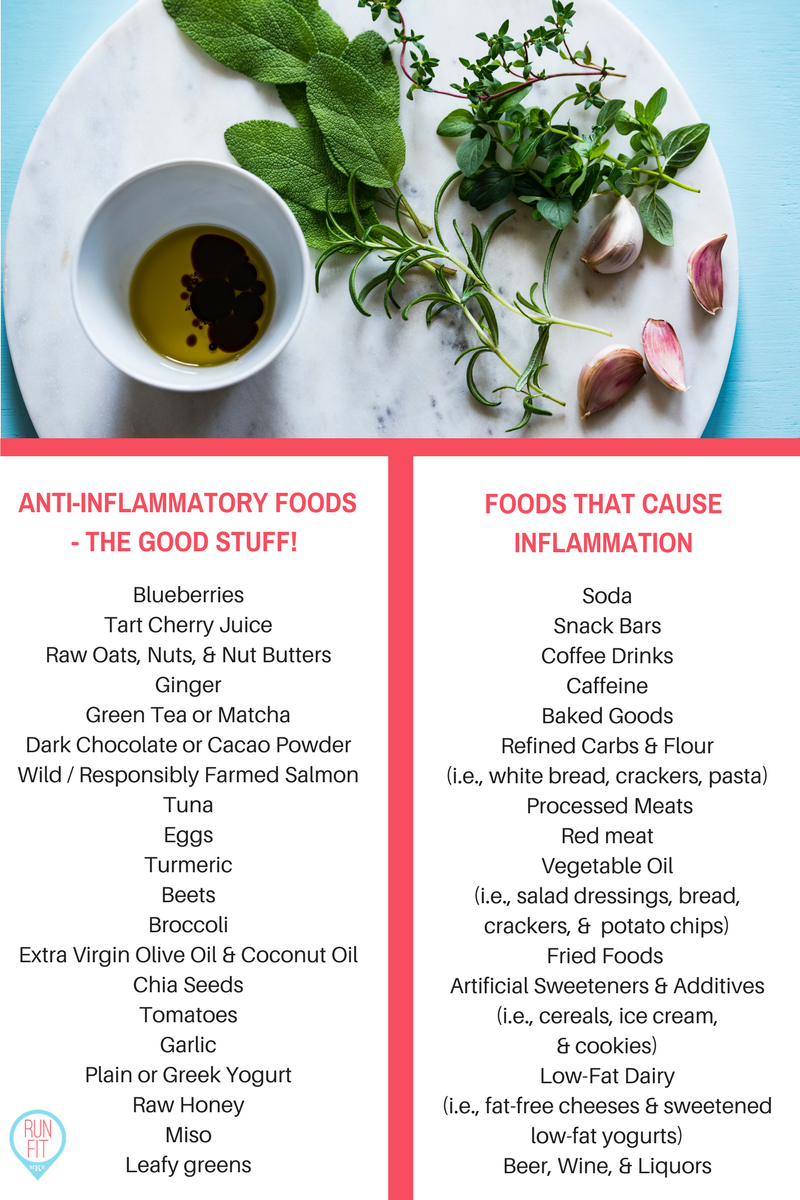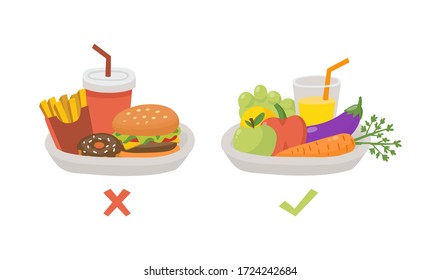
The Whole30 diet is a way to reset your metabolism and cleanse your digestive tract. You won't have the option to eat fast food or junk food. Additionally, you will have to stay away from soy and dairy. You can still enjoy plenty of fruits and vegetables, which can be a great alternative to fast-food. There are also recipes for healthy snacks. These delicious, nutritious treats can be made without losing the taste of your favorite foods.
You can eat a variety of fruits and vegetables as part of the Whole30 diet. The Whole30 doesn't mean you have to eliminate them all, but there are some you should avoid. The Whole30 website lists the allowed and banned foods. The Whole30 website also offers a free download of the chart. You can either print it, keep it in your wallet or save it to your smartphone.
While you can't consume packaged foods, they can be purchased in any store that stocks them. The Whole30 list of foods doesn't include them - even though they technically do comply with the diet. It focuses instead on eating natural and unprocessed foods like fruits, nuts, seeds. While you may be eating more vegetables than ever before you won't have the same amount of processed meat. Be sure to check all labels.

The whole 30 plan encourages eating more vegetables than usual. This is because vegetables contain more nutrients as well as fiber. The Whole30 diet doesn't let you eat cowboy ribeyes for 30 days, and vegetables are a great source of fiber and minerals. However, you shouldn't count on fruit as a staple in your diet, since fruits are high in natural sugar. Many people don’t realize they’re overeating sugar.
The whole30 diet allows you to eat all vegetables, but not potatoes. You will be able to eat all fruits and vegetables, but not too much processed or red meat. They can cause bloating. But even though you may have to buy these items from a grocery store that carries them.
Other Whole30 friendly foods include fish and eggs. Although you can add them to your salads or stir-fries with them, be careful not to overeat them. They can be eaten in moderation, provided you select the right types of food. While you may not be allowed to eat chocolate, you can still enjoy almond butter and carrots. You can also use almond butter or vegetable juice in moderation.
While Whole30 may not be for everyone, it is a great way of detoxifying your body and losing weight. It's a great way of eating healthier and feeling better. Before you start the program, here are some things you should know. You should eat the foods as often as you can if you aren't sure what to include.

Bananas and plantains can be fried in coconut oil. These are both foods that are permitted on Whole30. Bananas and plantains can be fried in coconut oil, but you should avoid overripe bananas. Avocados are a staple of Whole30, and will help you manage your cravings. The Whole30 diet is best to be consistent for a few months to reap the benefits.
The Whole30 diet is a great way to get rid of bad eating habits. Sugar and processed foods can be avoided. Your body can feel good by eating whole, unprocessed foods. You don't need to count calories or weigh yourself. Whole30 doesn't require you to live a traditional lifestyle. It is important to ensure you don't experience any side effects during the Whole30.
FAQ
Do I have to count calories?
You might be asking "What is the best diet?" or "is counting calories necessary?" Well, the answer depends on several factors including your current health status, your personal goals, your preferences, and your overall lifestyle.
The Best Diet For Me - Which One Is Right For You?
The best diet for me depends on my current health status, my personal goals, my preferences, and my overall lifestyle. There are many diets available, some good and others not so good. Some are better for certain people than others. What should I do? How can I make the right choice?
These are the main questions addressed by this article. It begins by briefly describing the various diets available today. Next, we'll discuss the pros and cons for each type of diet. We'll then discuss how to choose which one is best for you.
Let's look at some of the main types of diets to get started.
Diet Types
There are three main types, low fat, high protein, or ketogenic diets. Let's take a look at them all below.
Low Fat Diets
A low fat diet is a diet that restricts the amount of fats consumed. This is achieved through reducing intakes of saturated fats (butter and cream cheese, for example). It is possible to replace these saturated fats with unsaturated ones (olive oil or avocados). If you want to lose weight fast and easily, then a low fat diet is often recommended. This diet can cause constipation, heartburn, and stomach problems. A person may also experience vitamin deficiencies if they don't get enough vitamins.
High Protein Diets
High-protein diets limit carbohydrates and favor proteins. These diets have higher protein levels than other diets. These diets are intended to increase muscle mass and reduce calories. However, they might not provide enough nutrition for those who need to eat frequently. They may also be too restrictive and not suitable for everyone.
Ketogenic Diets
The keto diet is also known as the keto diet. They are high on fat but low in carbs and proteins. These foods are popular among athletes and bodybuilders as they allow them to train harder, longer and without becoming tired. They do require strict compliance to avoid any side effects like fatigue, headaches, nausea, and headaches.
How can I get enough vitamins?
Most of your daily vitamin requirements can be met by diet alone. Supplements are available if you are deficient. Multivitamin supplements can be taken that contain all the vitamins you need. You can also get individual vitamins from your local pharmacy.
Talk to your doctor about the best foods for vitamins if you're concerned about not getting enough nutrients. The best sources of vitamins K, E, and C are found in dark green leafy veggies such as spinach and broccoli, kale.
Ask your doctor for advice if you are unsure how much vitamin to take. He or she will recommend the appropriate dosage based on your medical history and current health status.
Why is it important that we live a healthy and happy life?
Healthy lifestyles lead to happier and longer lives. A healthy diet, regular exercise, good sleep habits, and stress management will help prevent diseases like heart disease, diabetes, cancer, and stroke.
A healthy lifestyle will also improve our mental health by helping us cope better with everyday stresses. Healthy lifestyles will increase self confidence, and make us look and feel older.
What is the difference between fat and sugar?
Fat is an energy source that comes from food. Sugar is a sweetener found in fruits, vegetables, and other foods. Both fats and sugars provide the same number of calories. Fats however, have more calories than sugars.
Fats are stored within the body and can contribute to obesity. They cause cholesterol buildup which can lead to strokes and heart attacks.
Sugars are quickly absorbed and provide instant energy. This causes blood glucose levels in the body to rise. High blood glucose levels can be dangerous because it increases the risk of developing type II diabetes.
Statistics
- The Dietary Guidelines for Americans recommend keeping added sugar intake below 10% of your daily calorie intake, while the World Health Organization recommends slashing added sugars to 5% or less of your daily calories for optimal health (59Trusted (healthline.com)
- WHO recommends consuming less than 5% of total energy intake for additional health benefits. (who.int)
- In both adults and children, the intake of free sugars should be reduced to less than 10% of total energy intake. (who.int)
- nutrients.[17]X Research sourceWhole grains to try include: 100% whole wheat pasta and bread, brown rice, whole grain oats, farro, millet, quinoa, and barley. (wikihow.com)
External Links
How To
How to keep your body and mind healthy
This project was designed to offer some helpful suggestions to help you keep your body in good health. Understanding how to maintain health is the first step in maintaining your health. To do this, we needed to discover what is best for our bodies. After looking at various ways people can improve their health, we discovered that there are many options that could be of help to us. Finally, we came up some tips that would make us happier and healthier.
We began by looking at all the food we eat. We learned that certain foods can be harmful to our health while others are beneficial. We know sugar can cause weight gain and is therefore very harmful. Fruits and vegetables, on the other hand are healthy because they are rich in vitamins and minerals that are vital for our bodies.
Next, we will be looking at exercise. Exercise improves the strength and energy of our bodies. Exercise makes us happy. There are many activities that you can do. Running, swimming, dancing, lifting weights, and playing sports are some examples. Yoga is another option to increase strength. Yoga is a great way to improve flexibility and your breathing. You should not eat too many junk foods and drink lots water if you are looking to lose weight.
We ended our discussion with a mention of sleep. Sleep is one the most important things we do each day. We become tired and stressed if we don't get enough rest. This can lead to issues such as back pain, depression and heart disease. So, if we want to stay healthy, we must ensure that we get enough sleep.